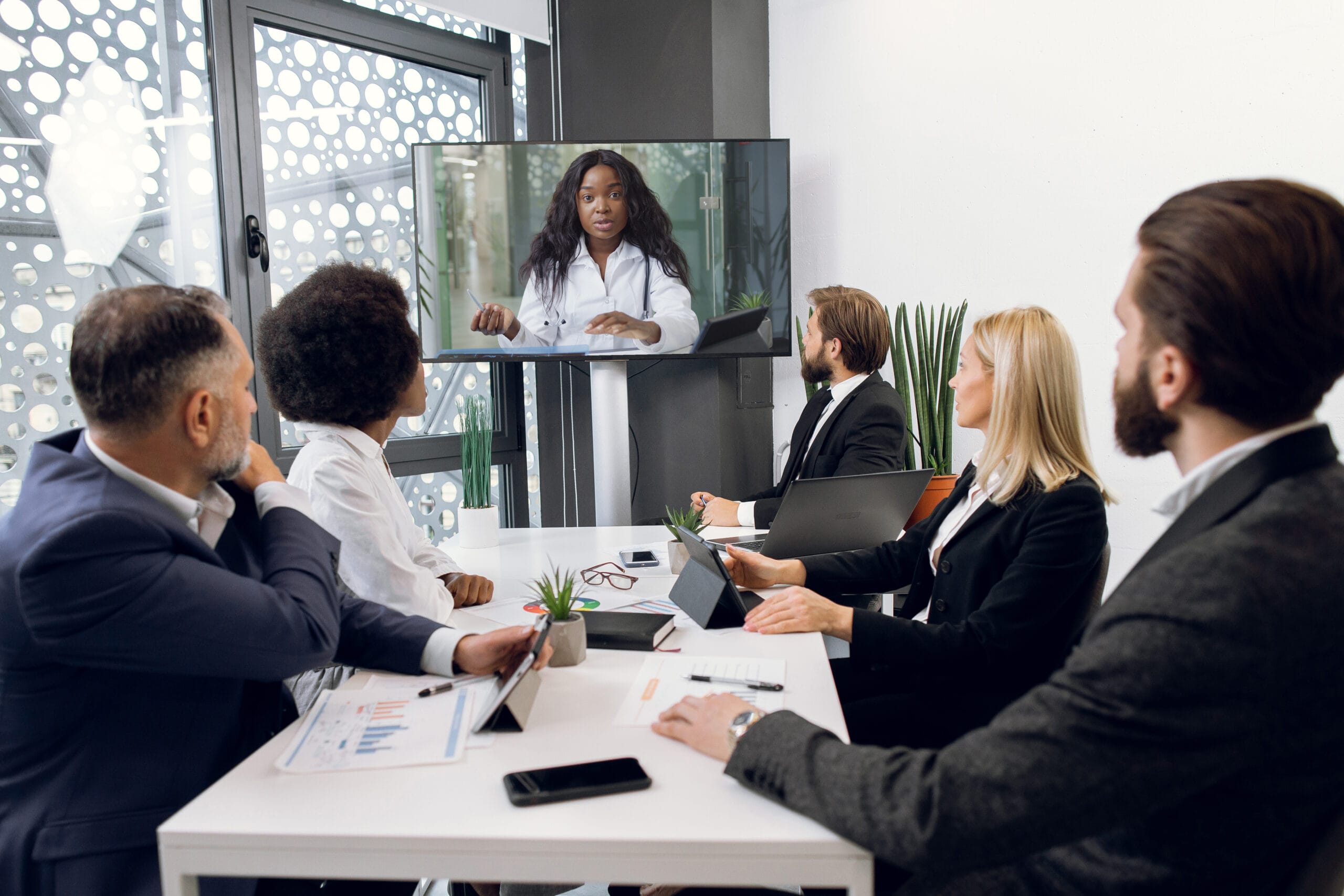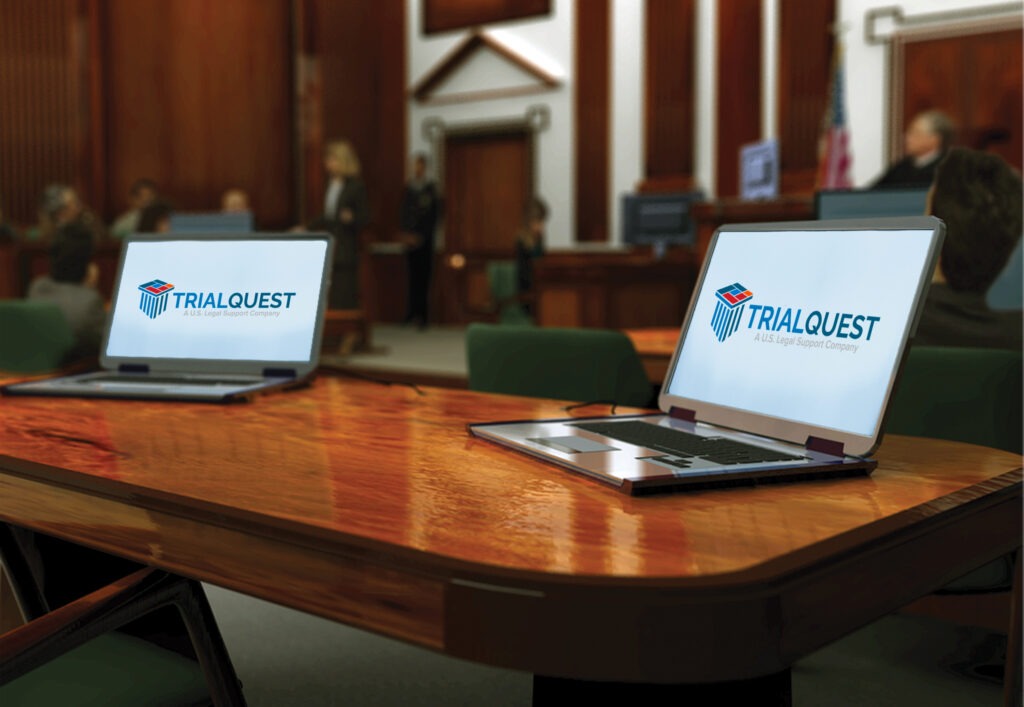Graphics in trial presentations help simplify legal arguments.
Graphics in trial presentations help simplify legal arguments.
Blog Article
Exactly How Test Presentations Enhance Your Disagreement and Convince Jurors
Trial presentations act as a pivotal mechanism for boosting lawful arguments and encouraging jurors. By incorporating aesthetic aids, narrative structures, and psychological involvement, lawyers can produce a compelling instance that reverberates on numerous degrees. The calculated usage of visuals not only clarifies intricate info however also records jurors' interest much more efficiently than words alone. However, the art of storytelling plays an equally critical duty in transforming factual proof into an engaging story, shaping jurors' assumptions - trial presentations. Recognizing these aspects can considerably influence test end results, raising the inquiry of exactly how each component adds to this intricate dynamic.

Significance of Aesthetic Help
Visual help play a vital function in boosting the efficiency of trial discussions, as they can substantially enhance target market interaction and retention of information. In the context of a test, where jurors are tasked with handling complex details, visual help serve to streamline and clarify bottom lines. Charts, graphs, and photos can communicate information and ideas that might otherwise bewilder or confuse jurors, permitting a more uncomplicated understanding of the evidence presented.
In addition, visual aids aid in maintaining juror attention throughout the process. By breaking the dullness of spoken testimony, these tools can stress crucial debates, making them more memorable. Efficient aesthetic aids can likewise stimulate psychological reactions, which can be essential in persuading jurors to align with the speaker's story.

Crafting Compelling Narratives
An engaging narrative is vital in test presentations, as it functions as the foundation of effective persuasion. It enables lawyers to weave with each other facts, proof, and emotional aspects right into a coherent story that reverberates with jurors. This narrative framework enables jurors to comprehend the intricacies of the instance while directing them with the lawyer's debate.
To craft a compelling narrative, attorneys should focus on clarity and coherence. In addition, the usage of dazzling summaries can develop psychological pictures that assist jurors picture the occasions, making the narrative much more memorable.
Furthermore, integrating key motifs throughout the discussion strengthens the core message and aids in retention - trial presentations. The narrative should not just share info however also stimulate a feeling of justice, highlighting the stakes involved. Ultimately, a sound story fosters a link between the jurors and the instance, placing the attorney's argument as both legitimate and compelling, thereby raising the chance of a positive verdict

Engaging the Court Mentally
Effective court involvement pivots on the lawyer's capacity to link with jurors on a psychological degree. other This connection can significantly influence jurors' understandings and their ultimate decision-making.
Visual help, such as photographs or video clips, can even more boost emotional interaction, supplying jurors with dazzling representations of the situation's human aspects. Crafting a narrative that highlights the struggles and victories of the people involved makes sure that jurors see past the lawful debates and recognize the human consequences of their decisions.
Additionally, tone and body movement play an important function in communicating feeling. A lawyer's enthusiastic shipment can reverberate with jurors, enhancing their psychological financial investment in case. It's important to balance emotional appeals with accurate evidence, making sure that jurors feel forced to act while staying grounded in the fact. Ultimately, a psychologically involved court is extra most likely to be convinced, making emotional connection an important component of effective test discussions.
Structuring Your Discussion

The body of the discussion must be realistically fractional into bottom lines, each sustained by compelling proof. It is useful to use narration techniques to weave realities into a story that jurors can quickly adhere to. Visual help, such as charts and video clips, can improve understanding and involvement, assisting to highlight critical items of evidence.
Real-World Study
Examining real-world situation research studies gives important insights right into the art of test discussions and persuasion. The protection group effectively utilized a technique that integrated high-profile professional testimonies with multimedia presentations, which astounded jurors and ultimately affected their decision.
An additional significant example is the "McDonald's Coffee Situation," where the plaintiff's lawyers used visuals images of the injuries sustained by Stella Liebeck. trial presentations. This stark visual proof played an important function in communicating the intensity of her burns, causing a substantial court honor. Such situations demonstrate that impactful trial presentations frequently hinge on the effective combination of visuals and storytelling to evoke psychological feedbacks from jurors
In addition, the "Casey Anthony Test" highlighted the value of narrative coherence and trustworthiness. The prosecution's failure to establish an engaging timeline lessened their influential power, highlighting the requirement of a well-structured presentation. Assessing these situations exposes that successful test discussions require strategic preparation, emotional engagement, and the capacity to reverberate with jurors' values and ideas.
Final Thought
Trial discussions substantially improve arguments and convince jurors with the strategic usage of visual help, engaging narratives, and psychological interaction. By streamlining complicated information and cultivating connections with the target market, these aspects develop an unforgettable and impactful experience. A well-structured presentation balances sob stories with factual proof, ultimately reverberating with jurors' values. The assimilation of these techniques not just influences decision-making yet also emphasizes the significance of reliable communication in the court.
Report this page